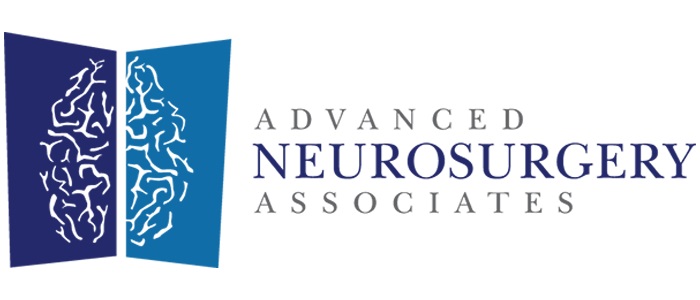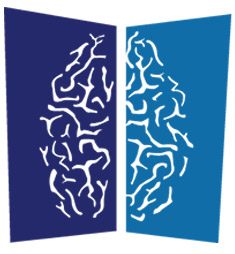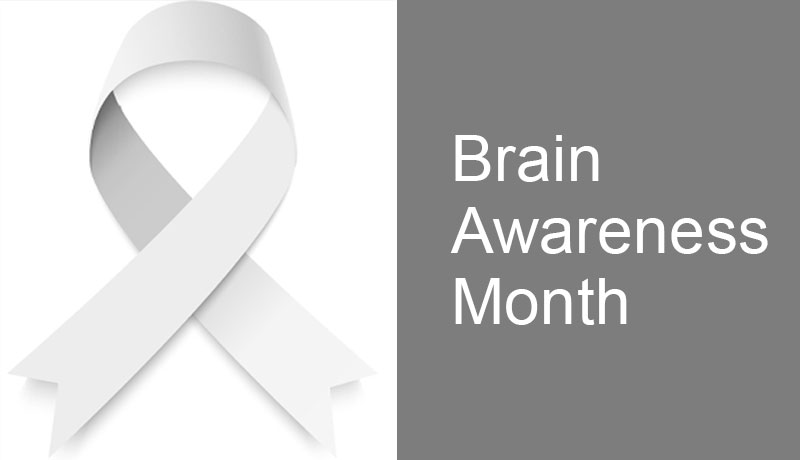
29 Apr Glowing “Tumor Paint” Innovation in Brain Tumor Identification
Imagine in a surgery room, areas inside a patient start to glow. This is what the future of identifying tumors could look like. Most importantly, it can give doctors greater precision to find and remove all parts of a tumor, helping reducing recurrence rates.
This is particularly important for brain tumors, especially glimoas, which are hard to distinguish from normal brain tissue.
Tumor Paint Technology
This glowing technology is being developed by Blaze Biosicence, which reported in 2020 that the Food and Drug Administration (FDA) had granted fast-track designation for trials on pediatric central nervous system tumors. It glows when viewed with a special camera system, developed and tested at Cedars-Sinai Medical Center in Los Angeles.
The Blaze Bioscience drug BLZ-100 is known as Tumor Paint. The paint was created by Dr. Jim Olson, a pediatric brain-cancer expert at the Fred Hutchinson Cancer Research Center in Seattle, Washington.
This tumor paint is an experimental substance derived from scorpion venom. This paint is injected into a patient’s vein, and it crosses the blood-brain barrier, finding its way to a brain tumor. Doctors then shine a near-infrared light on any tumors coated with tumor paint, and the tumor glows. This is a revolutionary way to determine the precise location of the tumor, which is notoriously complicated to scope for exact size and location.
The paint is made from two chemicals:
- The first is chlorotoxin, a protein derived from scorpion venom, which targets the chloride receptors on the surface of tumor cells.
- The protein carries a second, non-toxic chemical that makes the cells fluoresce when they are exposed to near-infrared light.
Clinical Trials
Tests at this stage are designed to make sure that the paint works as it should, and initial results have been promising. After animal studies proved effective enough, BLZ-100 was advanced to human trials in 2013. In the following years, enrolment for clinical trials began. Trials started in the U.S. at Cedars-Sinai Medical Center in Los Angeles. The Cedars-Sinai study focused on adult glioma, and a duplicate study ran in Australia.
In June 2015, it was announced that Seattle Children’s Hospital (site of the largest Brain Tumor Program in the nation) opened enrollment for a pediatric clinical trial of BLZ-100 (Tumor Paint) as well. Funded by Gateway for Cancer Research, this clinical trial aimed to improve the detection and removal of solid tumors without harming the surrounding healthy tissue that can lead to serious long-term side effects.
The Phase 1 trial was conducted under an open U.S. FDA Investigational New Drug (IND) application. It was open to anyone under the age of 30 who had been diagnosed with a brain tumor and had plans to undergo surgery at Seattle Children’s Hospital, either in an attempt to remove an entire brain tumor or to have a recurrent or residual tumor removed.
Phase I for pediatric brain cancer patients was completed in 2018. It demonstrated that the drug is safe to use in surgery. Phase II began at Seattle Children hospital, in collaboration with surgeons at nine hospitals in the US. This part of the clinical trial is testing how well tozuleristide illuminates tumor tissue versus healthy brain cells.
In an article by PNAS, if approved, the drug could be useful to some two million patients each year in the United States and Europe.
Despite this clearly exciting development, surgeons such as Dr. Arno Fried, founder of Advanced Neurosurgery Associates (ANA), and others believe the ideal medical future explores treatments other than surgery. Surgery is still considered a “crude” technique to eliminate tumors, as one researcher said. But as long as it reigns as the standard treatment, tumor paint is yet another method that could further surgical precision.
Updated in 2021, from 2015.






